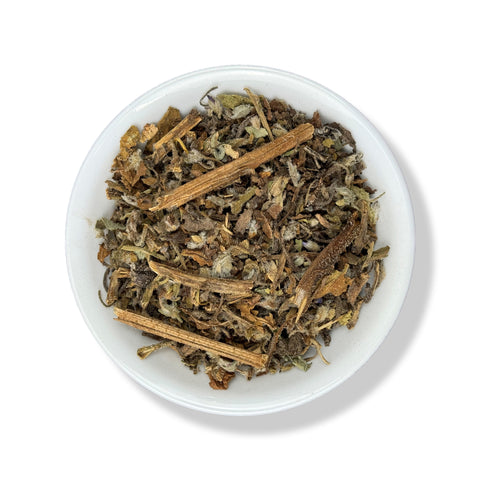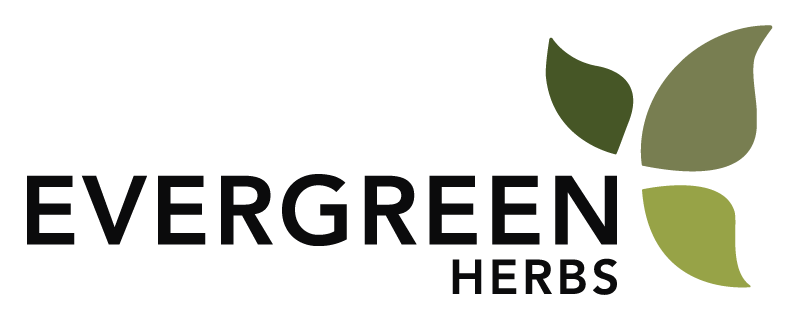
Borage (Borraja)
- + Buy ANY 5 Products, Get 1 Free! *BULK Products Included*
- + 15-Day Money Back Guarantee
- + Get It Fast! Orders Ship Same Day
![]()
Botanical Name: Borago officinalis
Origin: Mexico
Borage, also known as starflower, is celebrated for its beautiful blue flowers and rich history of culinary and traditional use. This herb is not only admired for its ornamental value but also for the beneficial properties of its leaves and oil, which have been incorporated into various wellness and culinary practices for centuries.
Benefits
- Contains gamma-linolenic acid (GLA), a fatty acid thought to support skin health
- Traditionally used in herbal teas to promote a sense of well-being
- The leaves and flowers are rich in nutrients and have been used in culinary applications for their cucumber-like flavor
Evergreen's Recommendations
- Borage should be used with caution as parts of the plant contain pyrrolizidine alkaloids (PAs) which can be harmful in large quantities or with prolonged use
These statements have not been evaluated by the Food and Drug Administration. This product is not intended to diagnose, treat, cure, or prevent any disease.
This product is intended for nutritional support. If pregnant, nursing, or taking medication, please consult with a health professional before use.
Keep out of reach of children.

